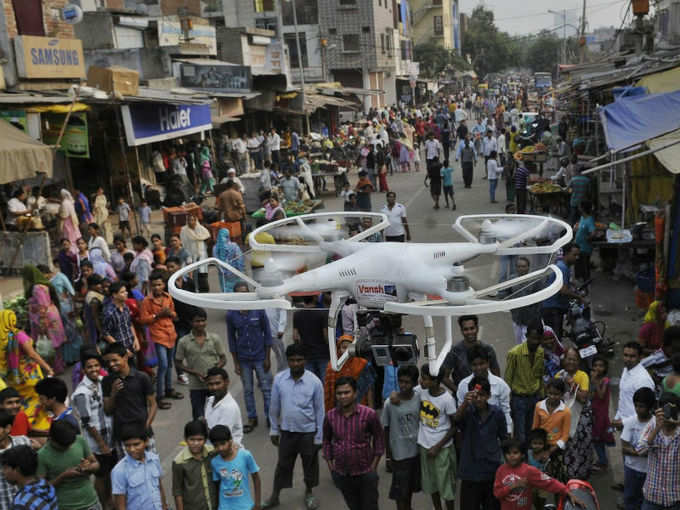 How many of you know that it’s illegal to fly a drone in India since 2014? Until and unless you have prior permission from the Directorate General of
How many of you know that it’s illegal to fly a drone in India since 2014? Until and unless you have prior permission from the Directorate General of The sales of drones is rather going up in India, no drone comes with a warning sign that flying without prior permission can lead to being detained by the cops. Nonetheless, your drone will be seized (here comes the biggest loss). DGCA believes through these unmanned vehicles terrorist attacks are easy to plot and so they’ve completely banned it in civilian areas.
Drone laws in India
According to DGCA’s notice in 2014, “The civil operation of UAS (
This year in April DGCA came up with a draft stating “DGCA will register all civil unmanned aircraft and issue an operator permit on case to case basis. All unmanned aircraft intended to be operated in India will require a Unique Identification Number (UIN) issued from DGCA.”
To add salt to the libertarians’ wounds further the guidelines stated that the license can only be provided to a citizen of India. In case of a company, at least two-third of directors should be Indian.
Why India needs to allow drones commercially
In recent news US has allowed businesses to legally operate drones under certain guidelines, which according to many have been justifiable. They’ve included things like the drone should be of 55 pounds or less, not exceed a maximum ground speed of 100 mph (87 knots), not exceed a maximum altitude of 400 feet above ground level unless within 400 feet of a structure, operate in a minimum weather visibility of three miles from control station, not operate from a moving aircraft etc.
Because commercial drone use was an expensive and a lengthy process, these guidelines have made it fairly easy for businesses to gain strength.
Currently, only government agencies can fly UAS in India. With the Guidelines, both private and commercial drone users could operate in the national airspace under the same requirements.
India & US
Both in India and in the U.S., the main thrust for UAS regulations is the local industry anxious to exploit creative UAS applications. India's industry is presently sitting tight for the administration's clearance to take off. The U.S. started the UAS coordination in the national airspace four years prior and is moving quick to allow a consistent enlistment procedure and safe operations. This supports different nations like India to stroll in their strides. The Guidelines are an essential initial step to allow the common and business utilization of UAS. Despite the fact that acclimated to the present framework and requirements of the country, India's way to deal with direct UAS is like that of the U.S. The country will probably grow further regulations in the following couple of years to adjust to the presumable weight from the industry. Given the quick development of India's industry and the large number of possibilities that UAS offer, these new rules could significantly affect UAS’ improvements.
(Image Source)